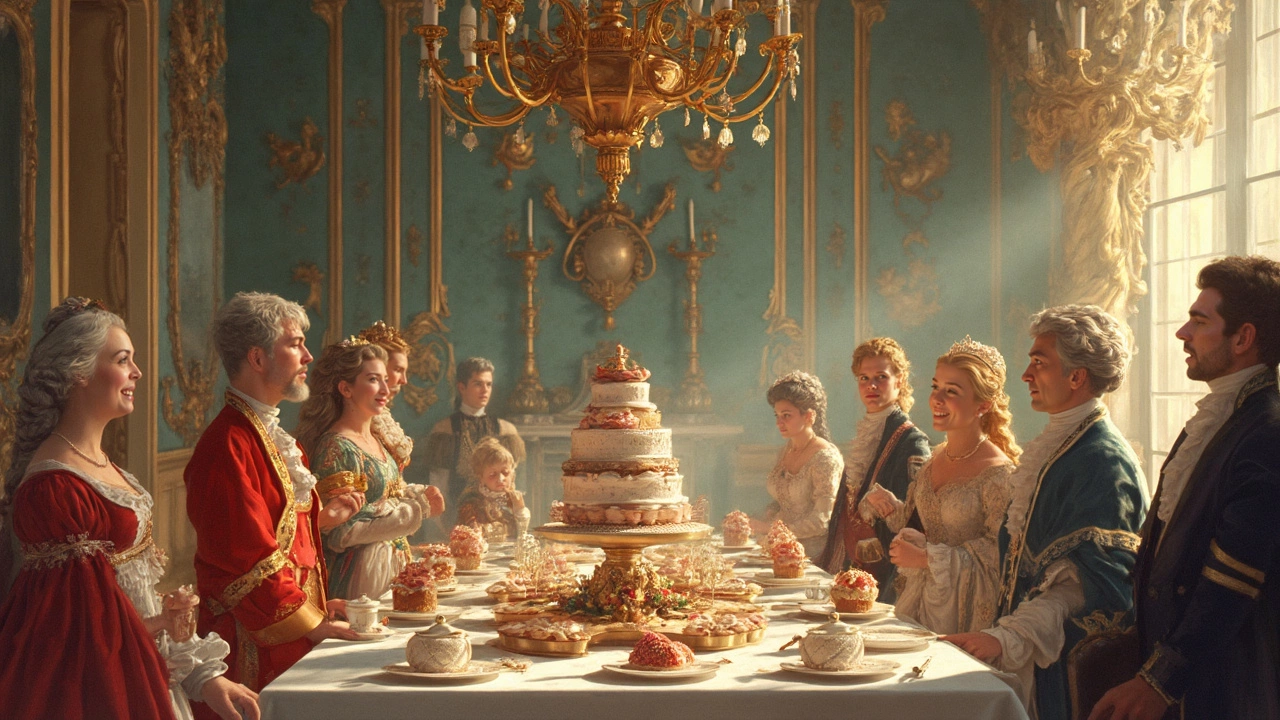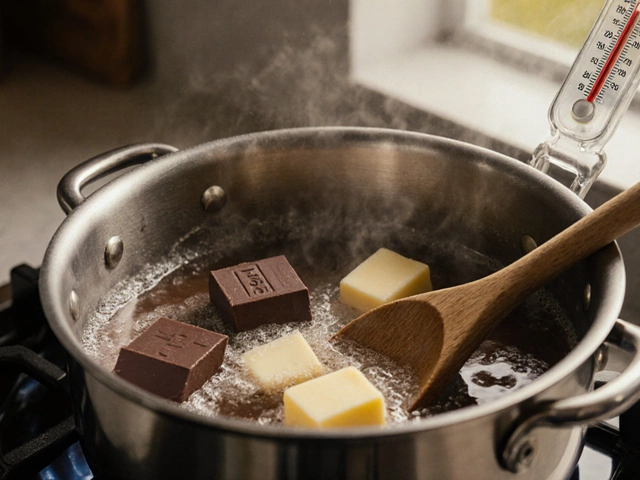French History: A Quick, Easy Guide
Ever wondered how France went from wild Celtic tribes to the world’s fashion capital? Let’s break it down in plain language. You don’t need a PhD to get the big picture—just a few minutes and a curious mind.
From Gaul to the Middle Ages
Long before the Eiffel Tower, the land we call France was home to the Gauls, a group of Celtic peoples. Julius Caesar conquered them in the first century BC, turning the area into a Roman province called Gallia. Roman roads, baths, and towns still show up on maps today.
When the Western Roman Empire fell around 476 AD, Germanic tribes like the Franks moved in. The Frankish king Clovis I united many of these groups and adopted Christianity, setting the stage for a powerful kingdom. Fast forward to 800 AD, Charlemagne was crowned emperor, creating a realm that stretched across much of Western Europe. His reign sparked the Carolingian Renaissance, a short burst of art and learning.
The Middle Ages also brought feudalism, castles, and the famous Hundred Years’ War (1337‑1453) between England and France. Joan of Arc emerged as a teenage heroine, leading French troops to crucial victories and eventually becoming a saint.
Revolution to Modern France
The 16th‑century Renaissance introduced new ideas about art, science, and government. But the real shake‑up came in 1789 with the French Revolution. Money problems, unfair taxes, and Enlightenment ideas sparked protests that turned into a full‑blown revolt.
“Liberté, égalité, fraternité” became the rallying cry. The monarchy fell, the guillotine took many lives—including King Louis XIV XVI—and the nation tried out several new governments. By 1799, a young general named Napoleon Bonaparte took power, declared himself emperor, and spread French law across Europe.
Napoleon’s empire collapsed after the disastrous Russian campaign and the Battle of Waterloo in 1815. The 19th century saw a carousel of monarchies, republics, and empires, each leaving its mark on French culture, law, and borders.
World War I (1914‑1918) and World War II (1939‑1945) were tough times. France was invaded twice, but the French Resistance and Allied forces helped liberate the country. After the wars, the Fourth Republic struggled with political instability, leading to the creation of the Fifth Republic in 1958 under Charles de Gaulle.
Today, France is a democratic republic known for its cuisine, fashion, and art. Its history lives on in museums, monuments, and everyday conversations about “the good old days.” Whether you’re sipping coffee in a Parisian café or watching a soccer match, you’re part of a story that’s over two thousand years old.
That’s the quick run‑through. If any era caught your eye, dive deeper—there’s a whole world of fascinating characters and events waiting to be explored.






